Why Prefabricated Panels Attract Architects
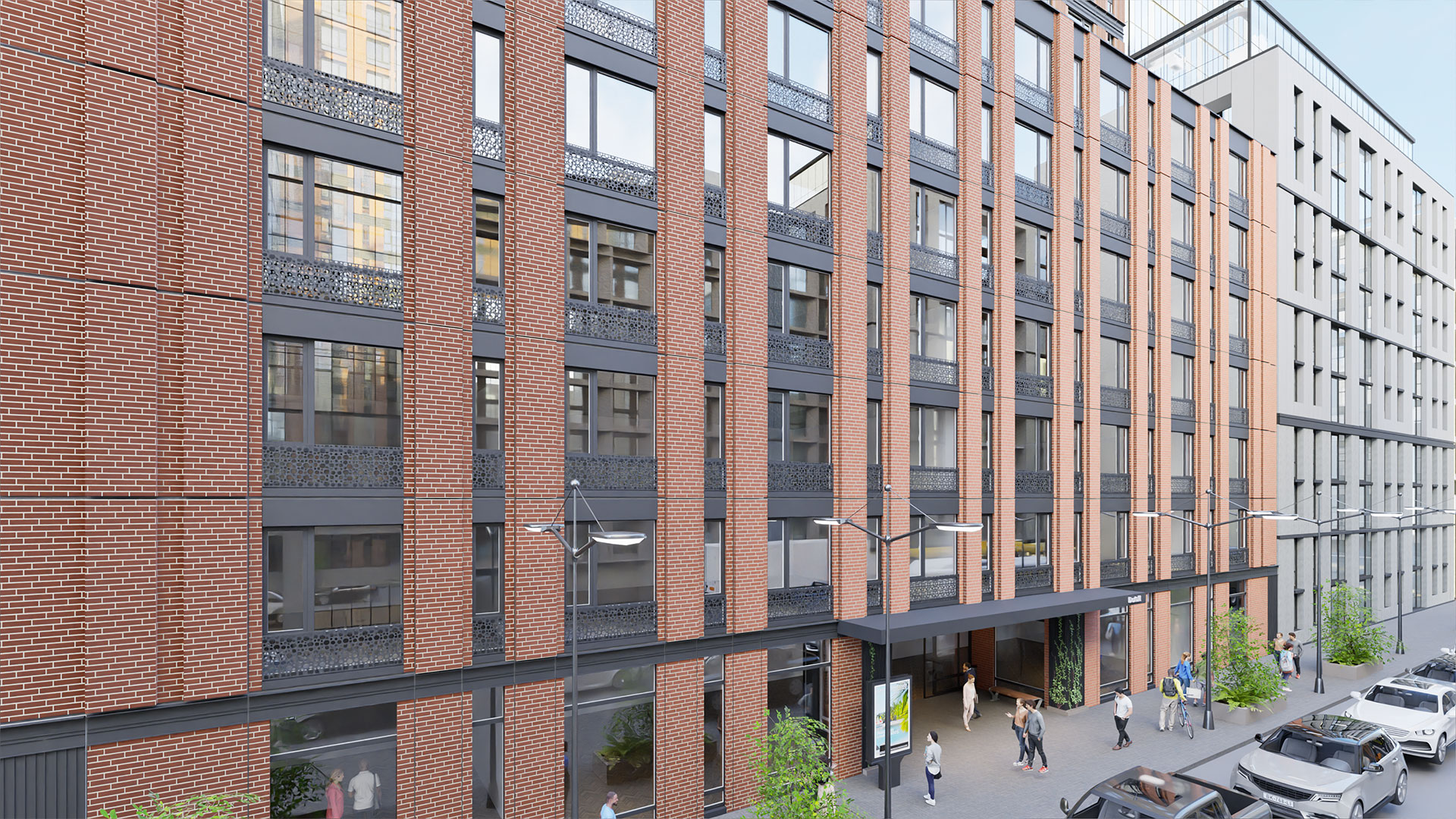
Architects choose prefabricated systems for flexibility, sustainability, compliance with standards, and innovation. Modern architects are increasingly favoring prefabricated facade systems because of their ability to provide wide creative freedom while simultaneously meeting sustainability requirements and modern building regulations. Thanks to innovative manufacturing technologies and digital modeling, these systems make it possible to implement the most complex visual and technical concepts, enhancing both aesthetics and functionality of buildings.
Finishing Options and Design Freedom
Prefabrication expands the palette without constraining intent-materials, textures, and formats remain fully at the service of the concept.
Material and Texture Range
Prefabricated panels allow architects to work with a wide variety of materials and textures, opening limitless opportunities for creating unique facade solutions. Available facade finishes include imitations of stone, brick, metal, stucco, and large-format panels that maintain durability while meeting aesthetic standards.
Customization and Digital Control
Modern manufacturing technologies not only standardize elements but also enable a high degree of customization-shapes, sizes, colors, and textures can be adapted to projects of any complexity. Digital design that incorporates thermal, structural, and operational parameters allows architects to accurately predict the final appearance of the facade, minimizing the risk of corrections during construction. The lightness and speed of prefabricated panel installation enables a quicker transition to finishing works and building commissioning within record timelines. The design flexibility of prefabricated panels opens new possibilities for combining traditional and modern architectural styles, making facades not only functional but also expressive and attractive to end users and investors.
Compliance with LEED and WELL Environmental Certifications
Environmental performance is now a design baseline; prefabricated systems help document and deliver it.
Meeting Environmental Standards
Adherence to environmental standards has become a key factor for architects when choosing facade systems, especially amid growing attention to sustainable construction. LEED and WELL certifications confirm that Dextall materials and technologies promote building energy efficiency, reduce environmental impact, and improve indoor air quality. Choosing such systems helps projects earn green certifications that increase their market value and attractiveness to investors and tenants. Panels feature a low carbon footprint, are made from recyclable materials, and help reduce construction waste. Effective thermal insulation lowers energy consumption for heating and cooling, which is critical for reducing operating costs and the building's carbon footprint. These standards are reflected in every aspect of prefabricated panel production and application, making Dextall a reliable partner for architects seeking to combine innovation, responsibility, and creativity in their projects.
Dextall Prefabricated Facade Panels
Certified performance with architectural freedom-engineered for speed, safety, and longevity.
Certifications and Compliance with U.S. Standards
Dexwall products undergo strict certification processes that guarantee full compliance with all requirements of the U.S. construction market: Compliance with Local Law 11 and 97 covering fire safety and environmental responsibility, reducing risks and environmental impact. Availability of LEED and WELL certifications, confirming high energy efficiency of the panels and contributing to a healthy indoor climate in buildings. Compliance with IBC (International Building Code), which includes testing for strength, wind resistance, seismic stability, and overall structural safety. Compliance with Passive House Standards, ensuring ultra-low energy consumption, superior thermal comfort, and alignment with sustainable construction practices. Use of high-quality materials certified to be free of harmful substances, meeting environmental standards and ensuring long-term performance. These certifications help clients obtain building permits, enhance investor confidence, and contribute to the successful completion of projects in a competitive market.
Material Features and Installation Speed
The materials used by Dextall combine strength, lightness, and aesthetics, positively affecting both installation technology and facade durability: Panels are manufactured from modern composites, polymer-coated metals, concrete, and other raw materials with high resistance to ultraviolet radiation, corrosion, moisture, and mechanical damage. The original panel design includes elements for quick and secure fastening, reducing installation time and minimizing labor costs. Factory precision ensures easy assembly and facilitates the integration of diverse architectural design elements into the facade. The installation system requires minimal wet processes, allowing work to continue across a wide range of climate conditions and ensuring project schedule stability. Lightweight panels reduce loads on supporting structures, opening additional architectural opportunities. Premium Dextall facade panels are a complete solution that guarantees developers and architects high performance, user comfort, and a distinctive building appearance while fully complying with the strictest U.S. construction standards.
Designing the Next Skyline
For design teams, prefabrication is a way to deliver expressive facades that meet codes, compress schedules, and document sustainability-without compromising craft. Explore city-scale drivers, market adoption, and policy context in "Shaping Tomorrow's Cities: Sustainable Innovation in Architectural Design."
Frequently Asked Questions
Will prefabricated panels limit my design options?
No. Systems support multiple finishes, depths, and module sizes, and can combine brick-, stone-, metal-, and large-format looks while maintaining consistent enclosure performance.
How do Dextall panels support LEED and WELL goals?
They use recyclable materials, reduce jobsite waste, improve thermal performance, and help document criteria relevant to LEED energy credits and WELL comfort/air-quality objectives.
Can these systems handle complex geometries and detailing?
Yes. Digital modeling and factory fabrication enable accurate execution of customized shapes, joints, and transitions-reducing rework during installation.
What about acoustics and thermal comfort?
Multilayer assemblies with high-performance insulation and airtight detailing improve sound attenuation and thermal stability across climates.
How does prefabrication impact construction sequencing?
Off-site manufacturing allows parallel site work and panel production. On site, "dry" installation reduces weather delays and speeds enclosure so interior trades can start sooner.



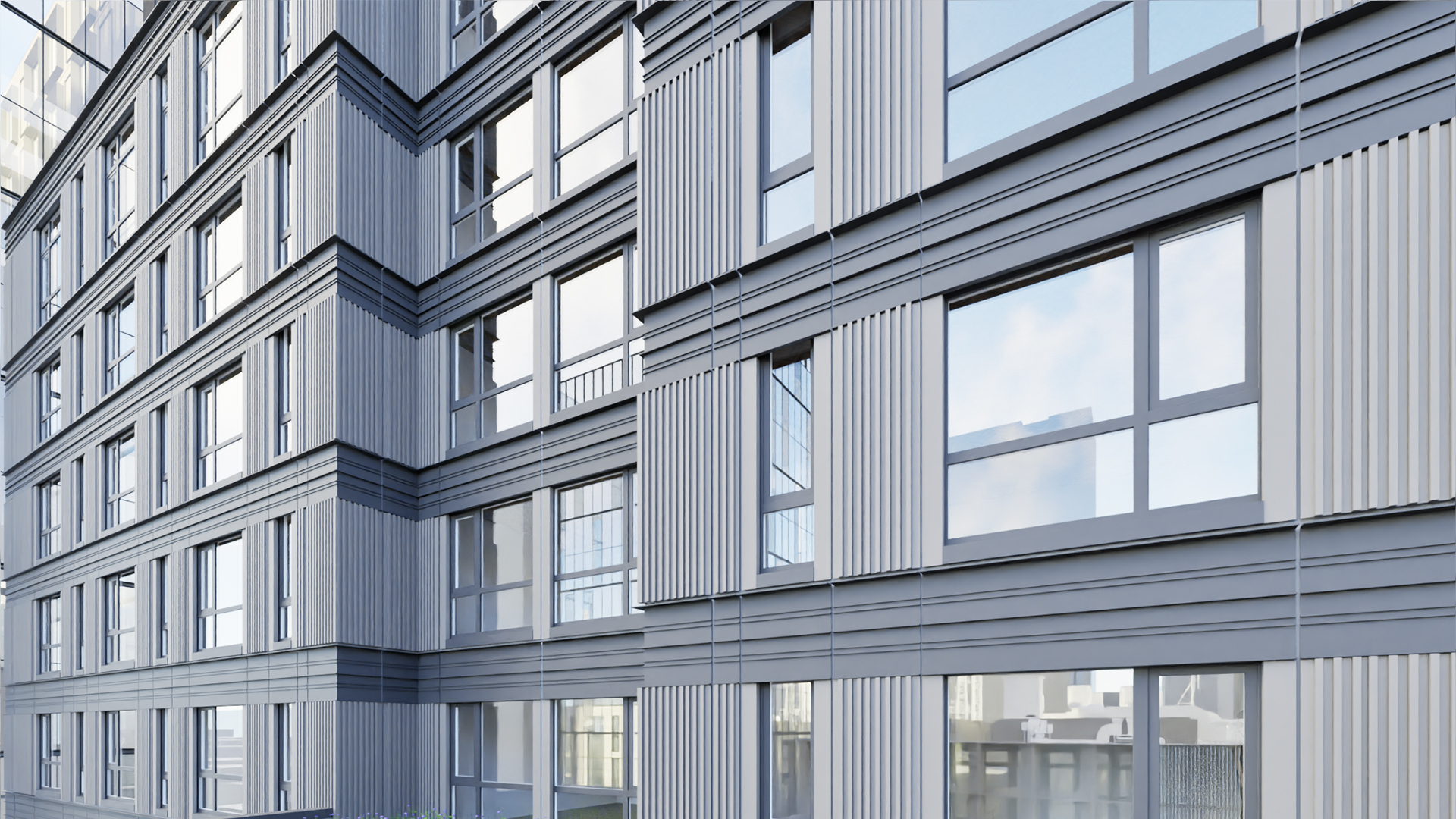
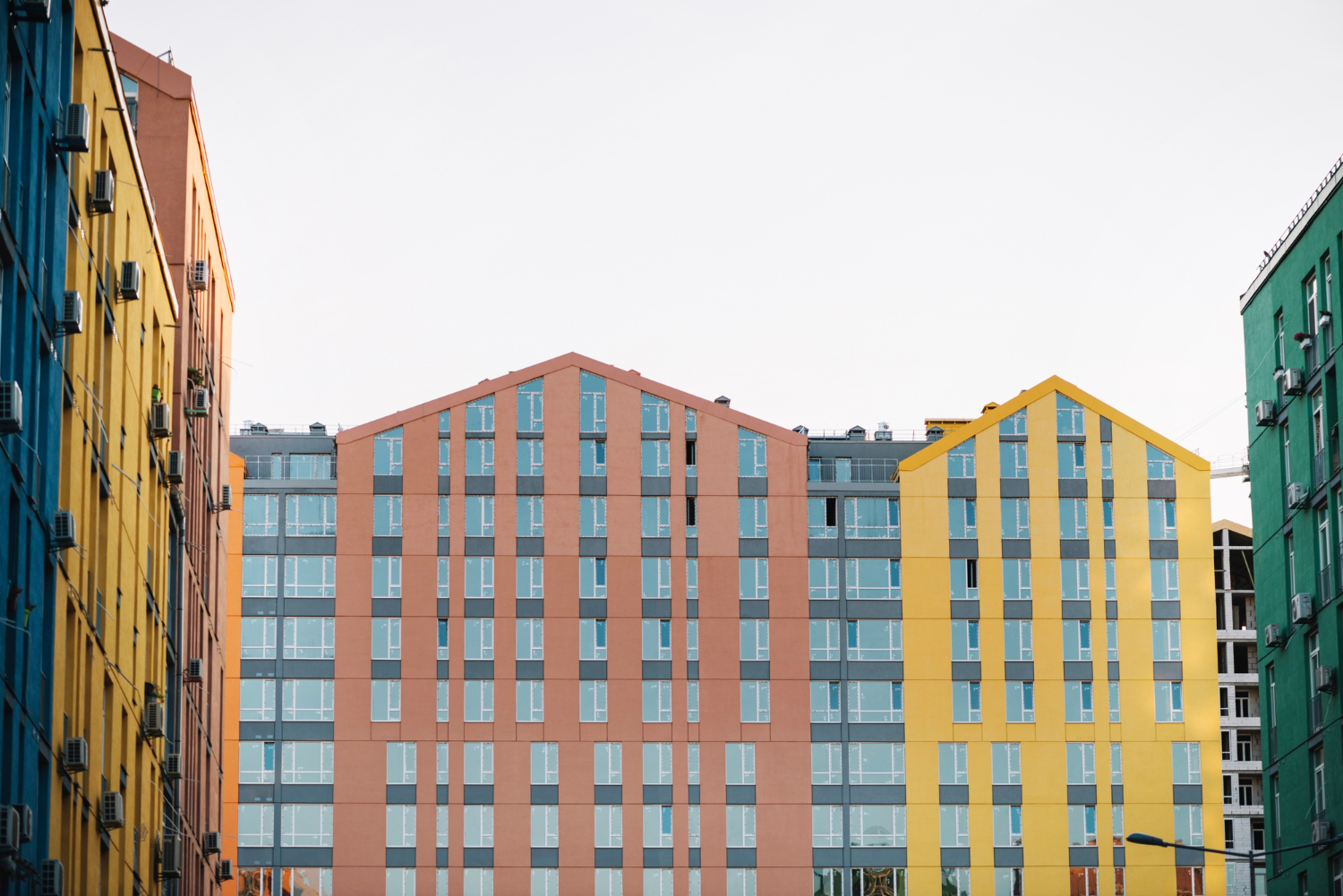


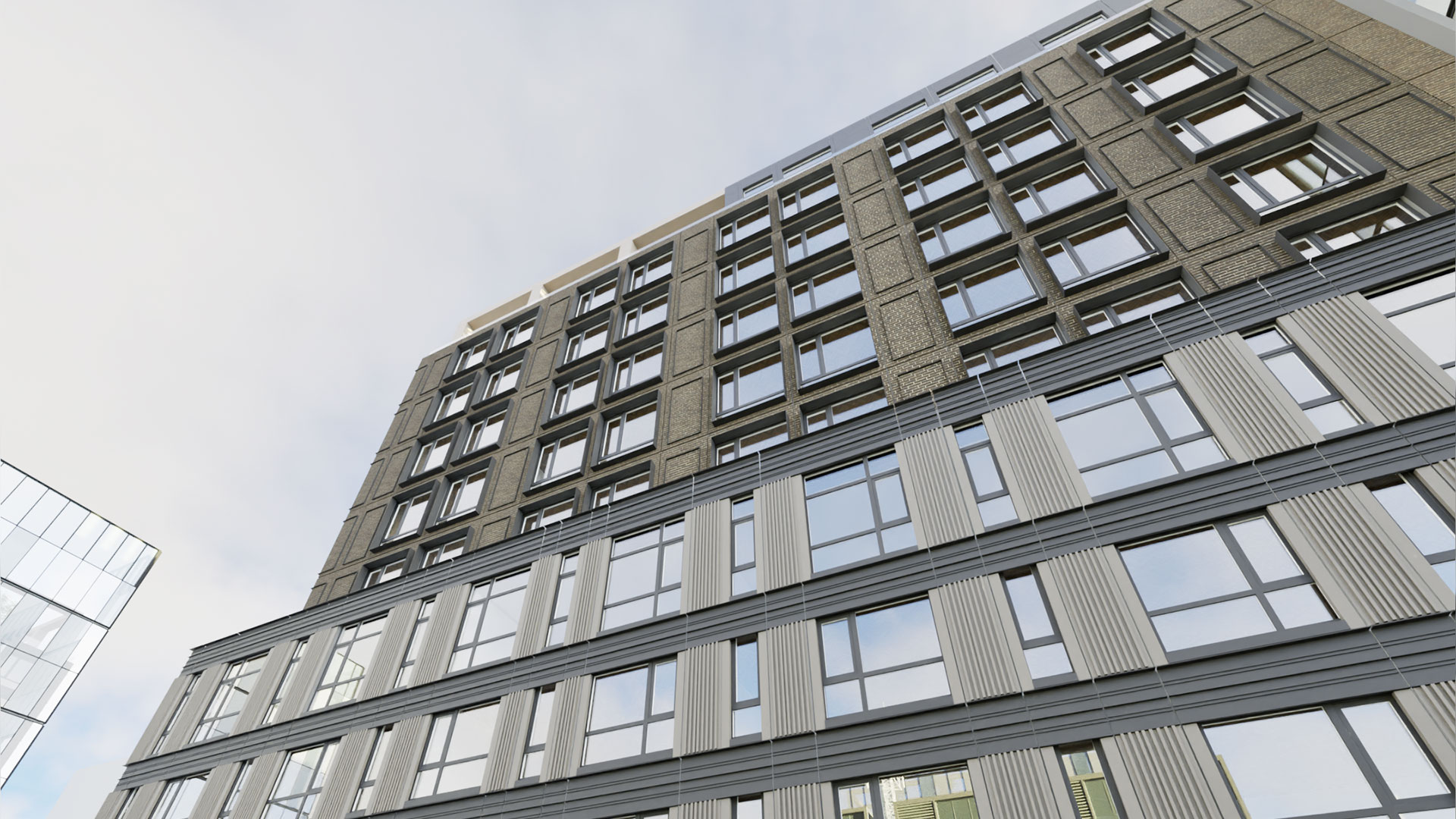
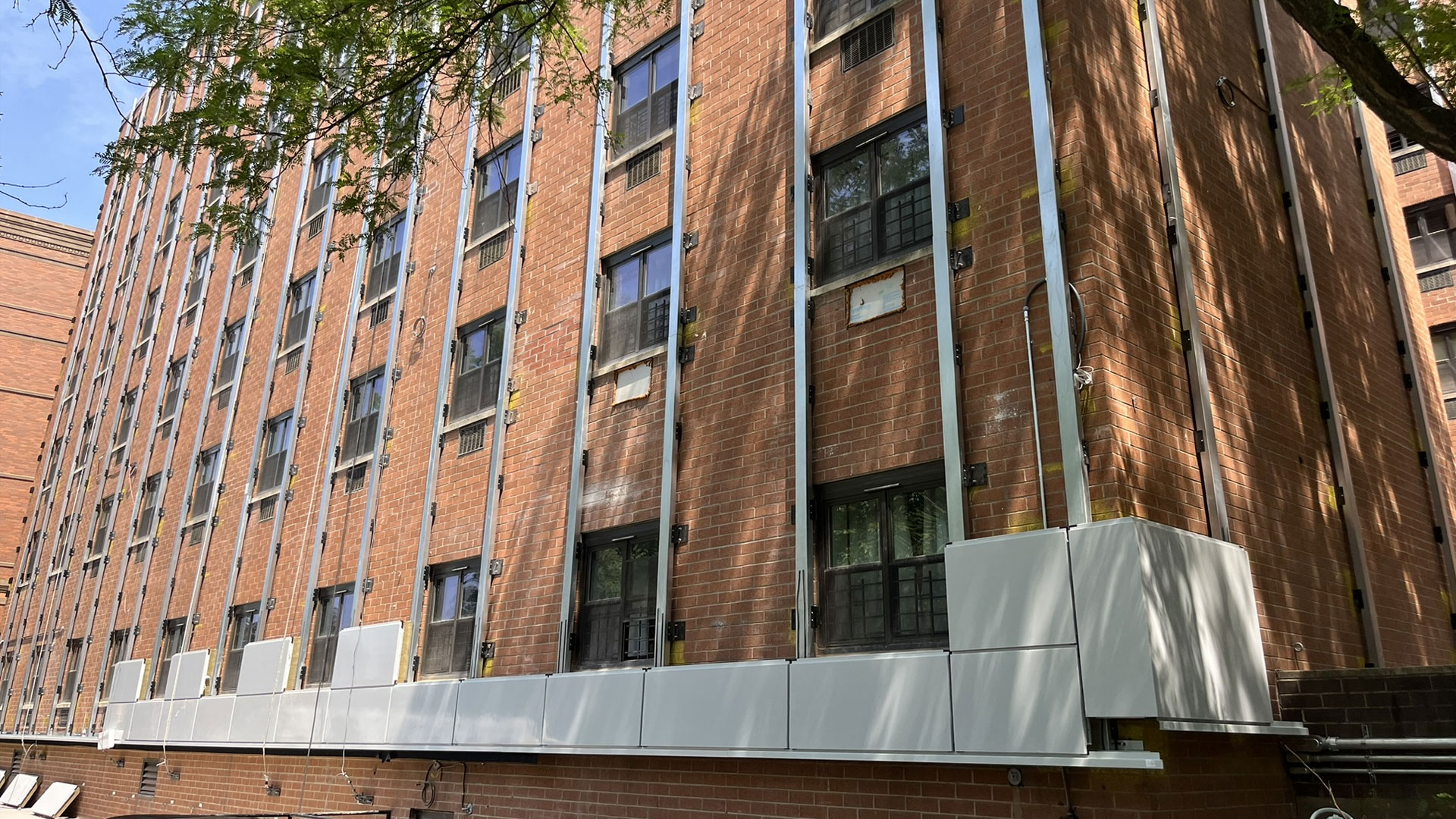
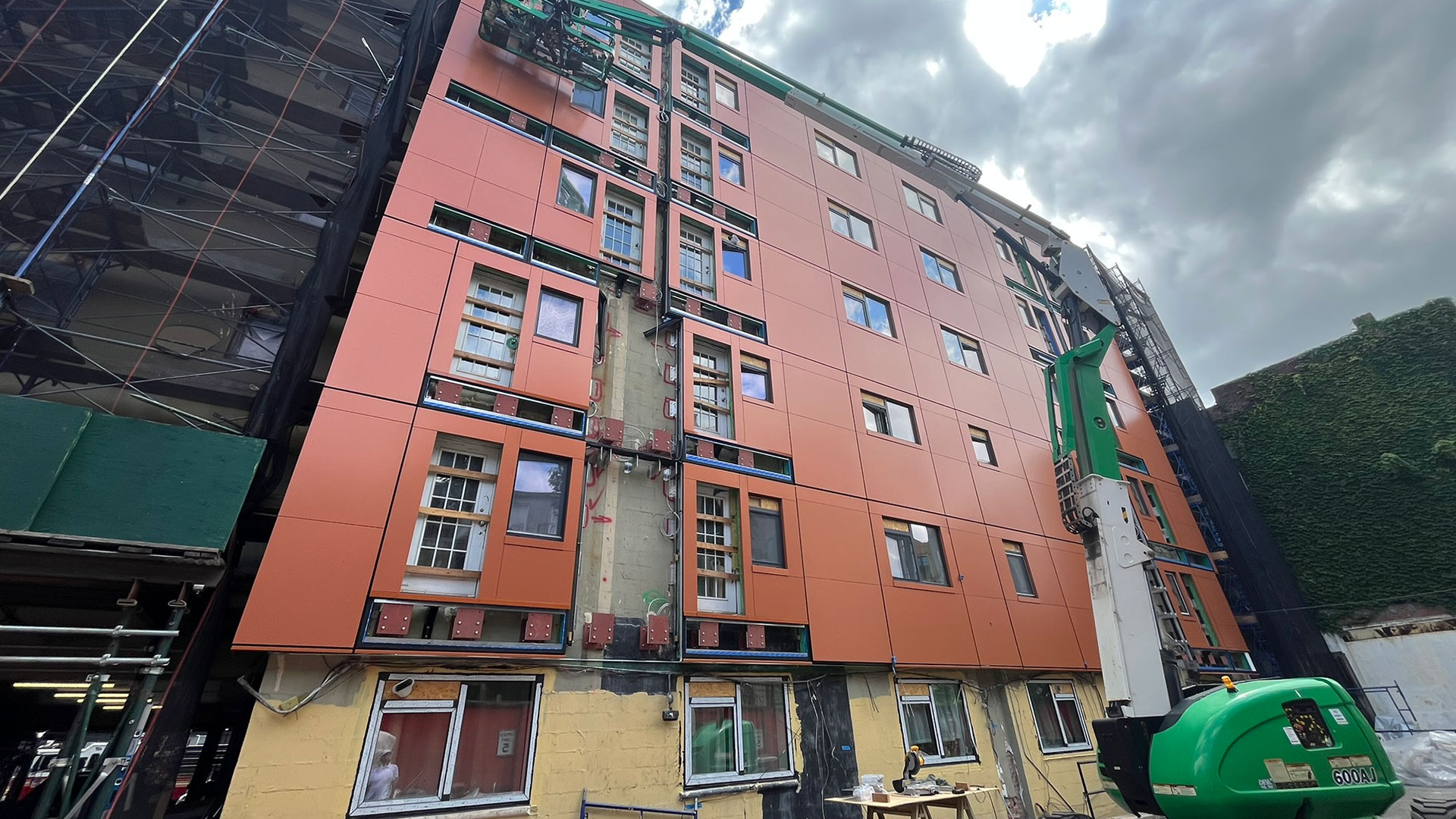
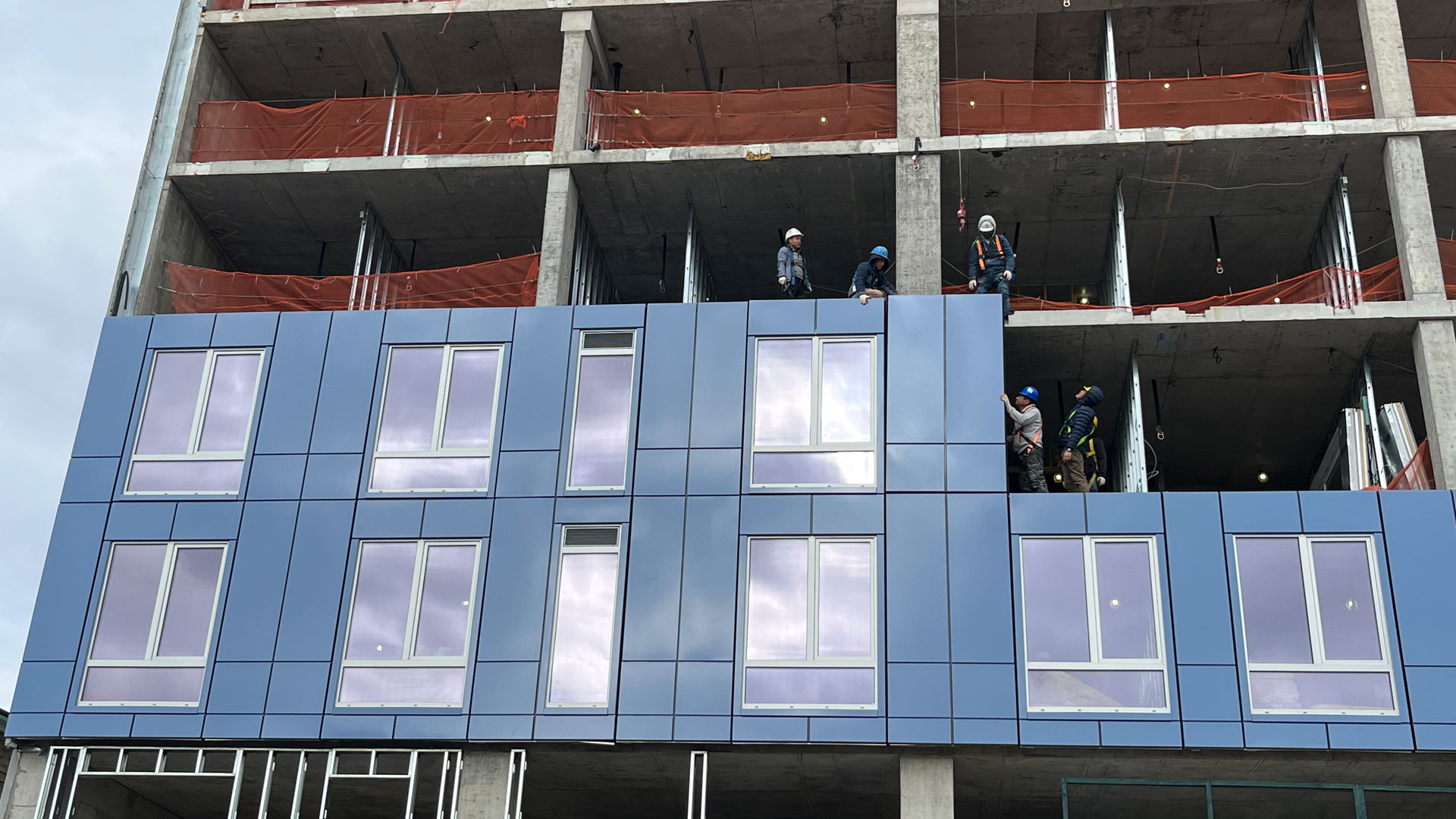
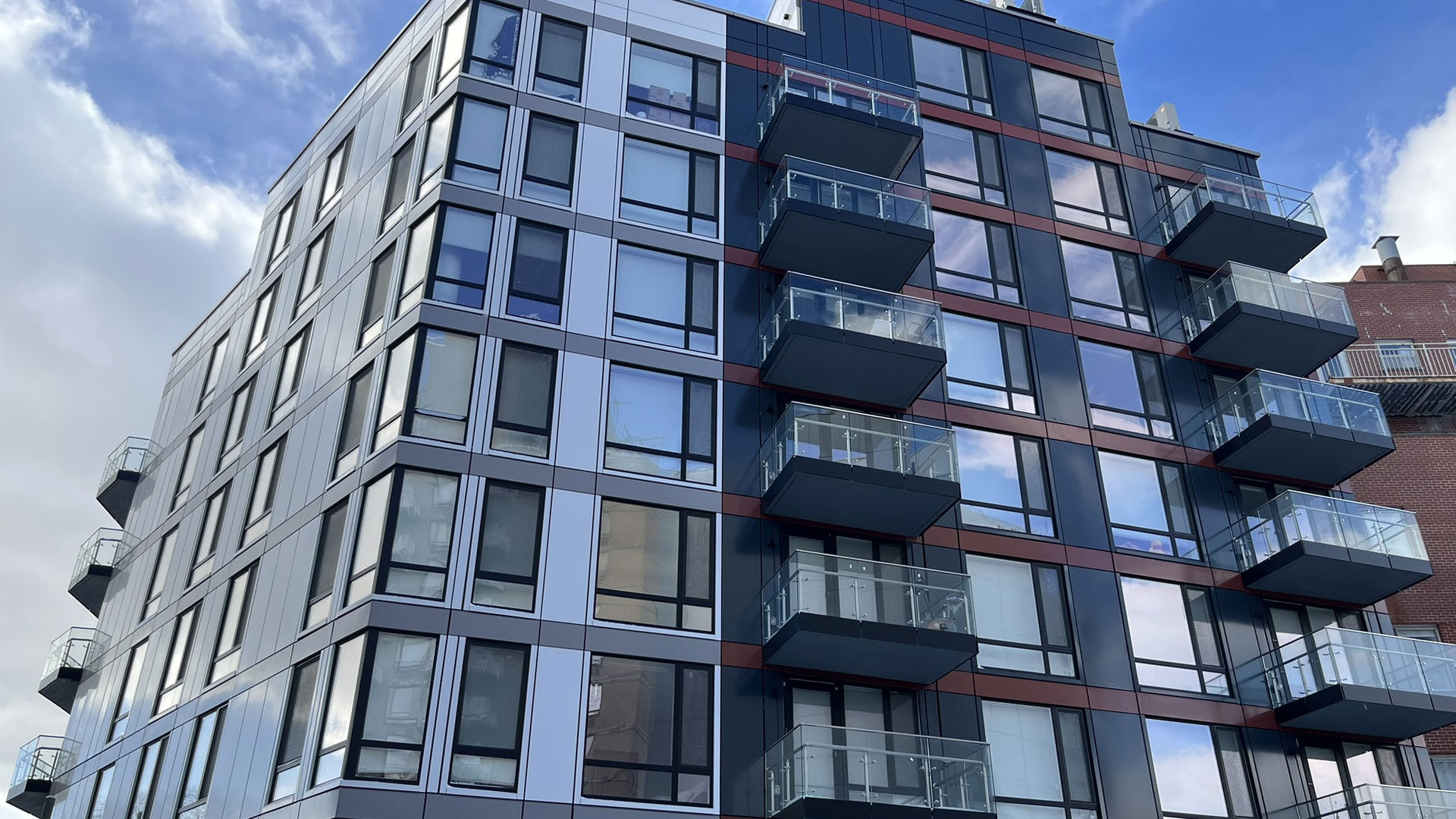
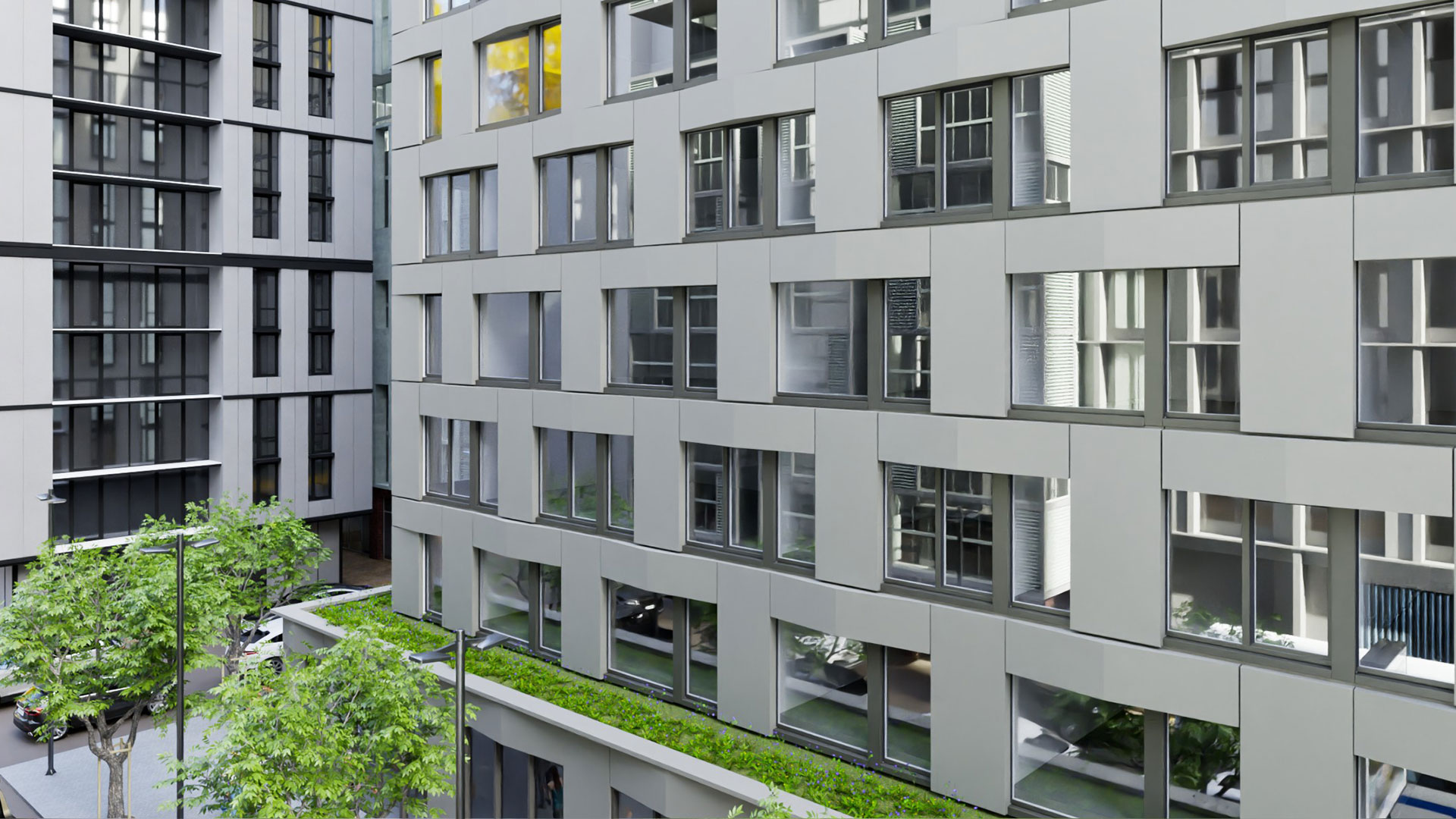
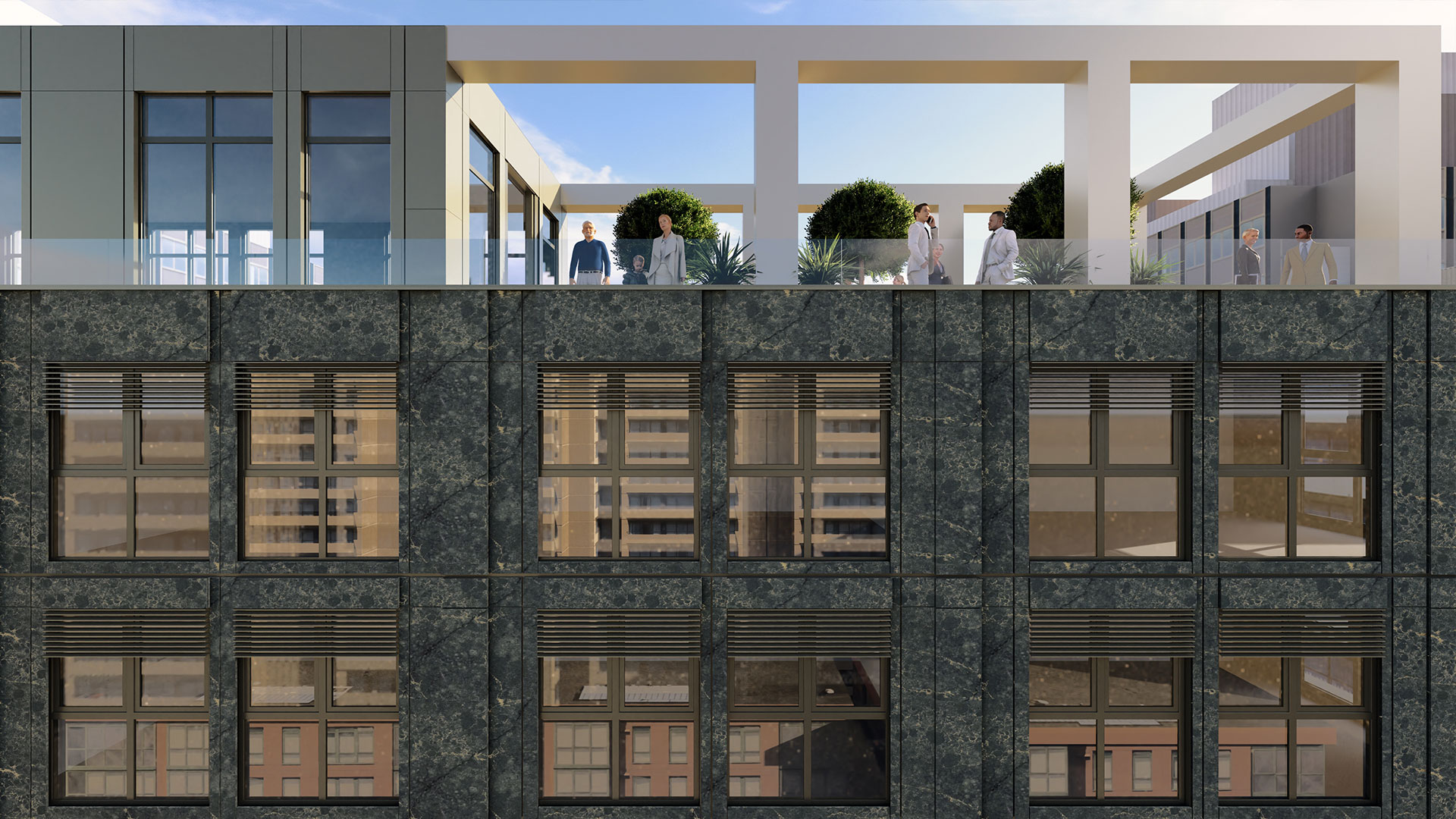
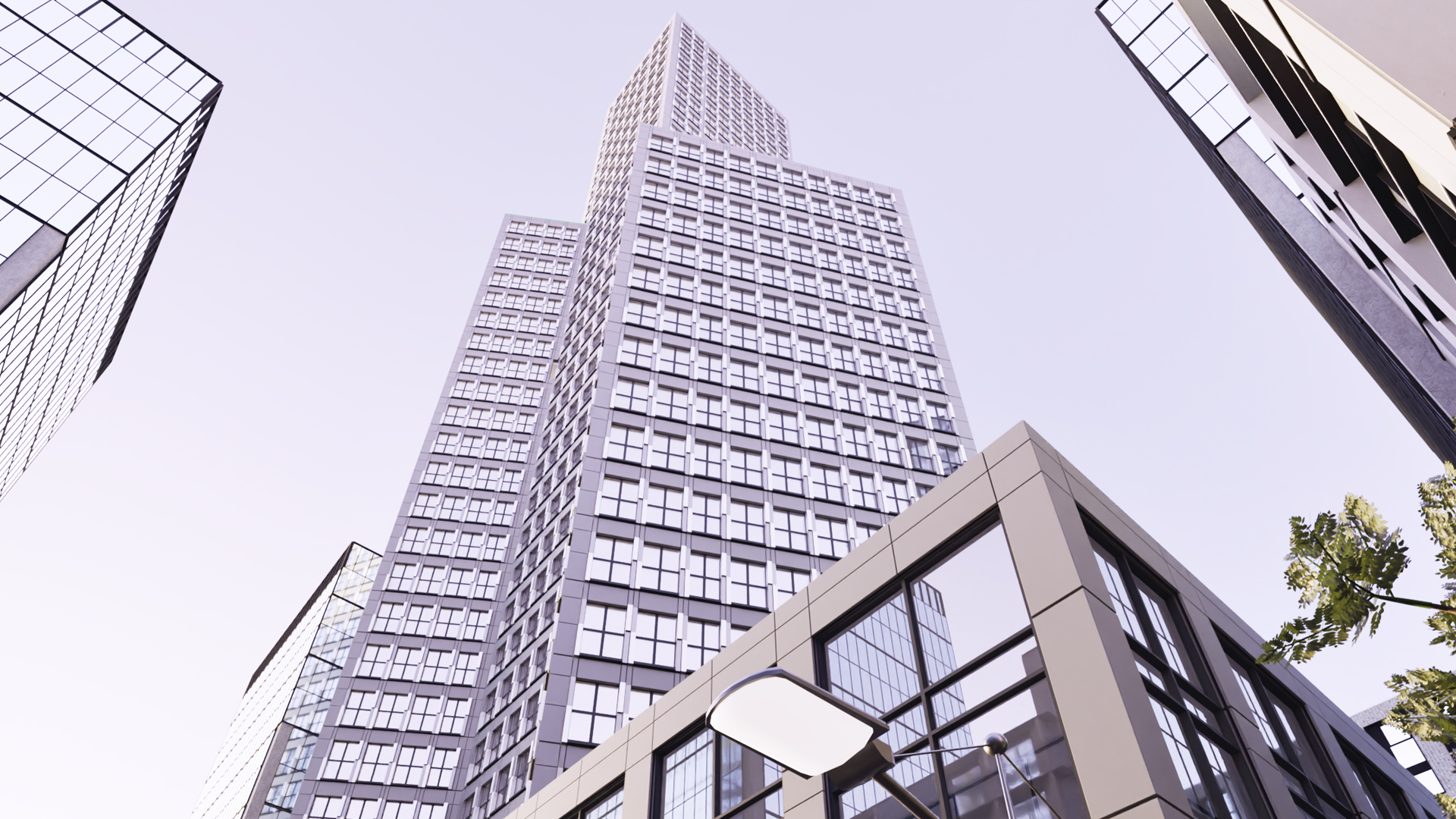
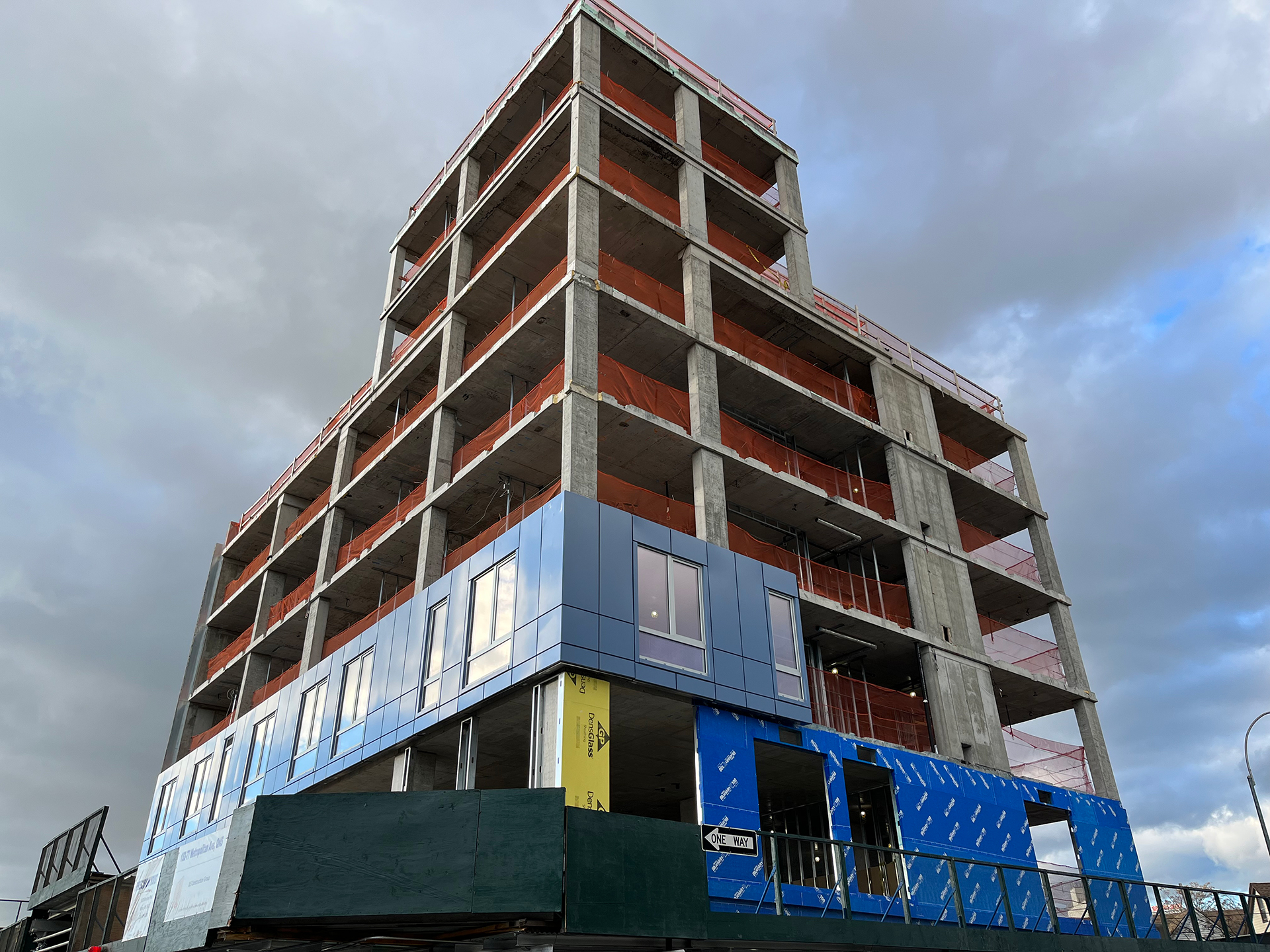
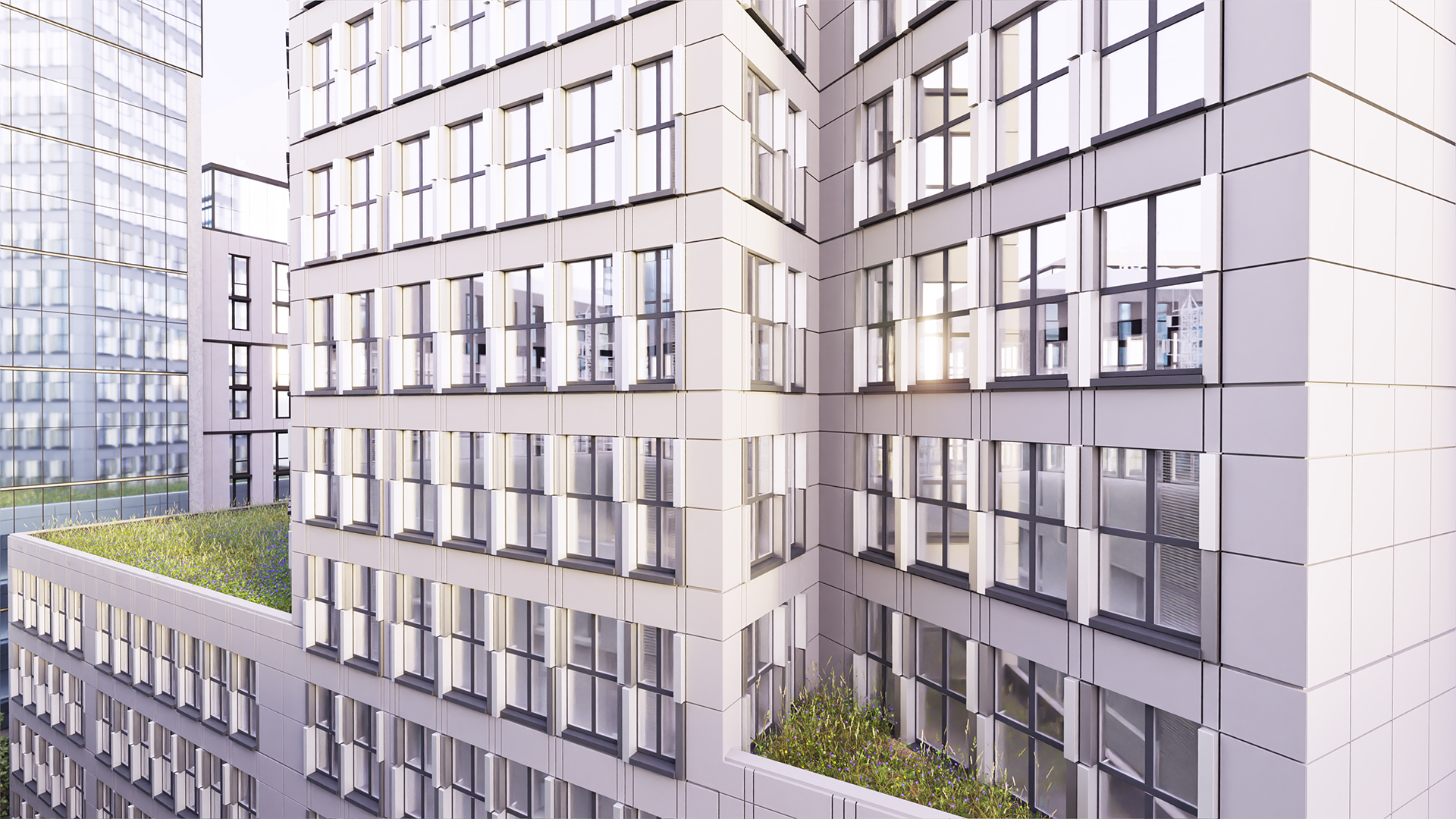






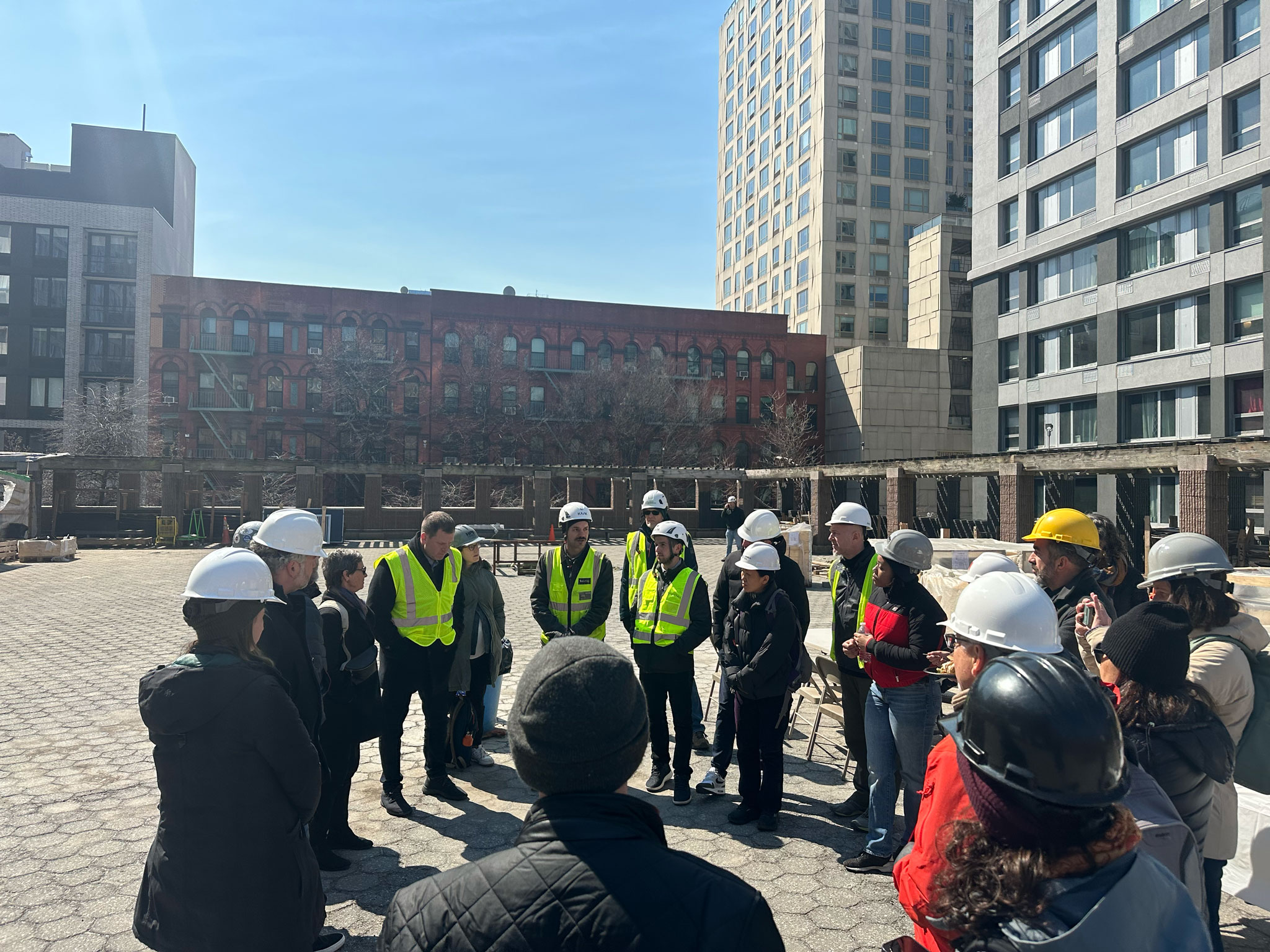



_format(webp).avif)
_format(webp)%20(6).avif)
_format(webp)%20(5).avif)
_format(webp)%20(4).avif)
_format(webp)%20(2).avif)
_format(webp)%20(3).avif)


.avif)
_format(webp)%20(2).avif)